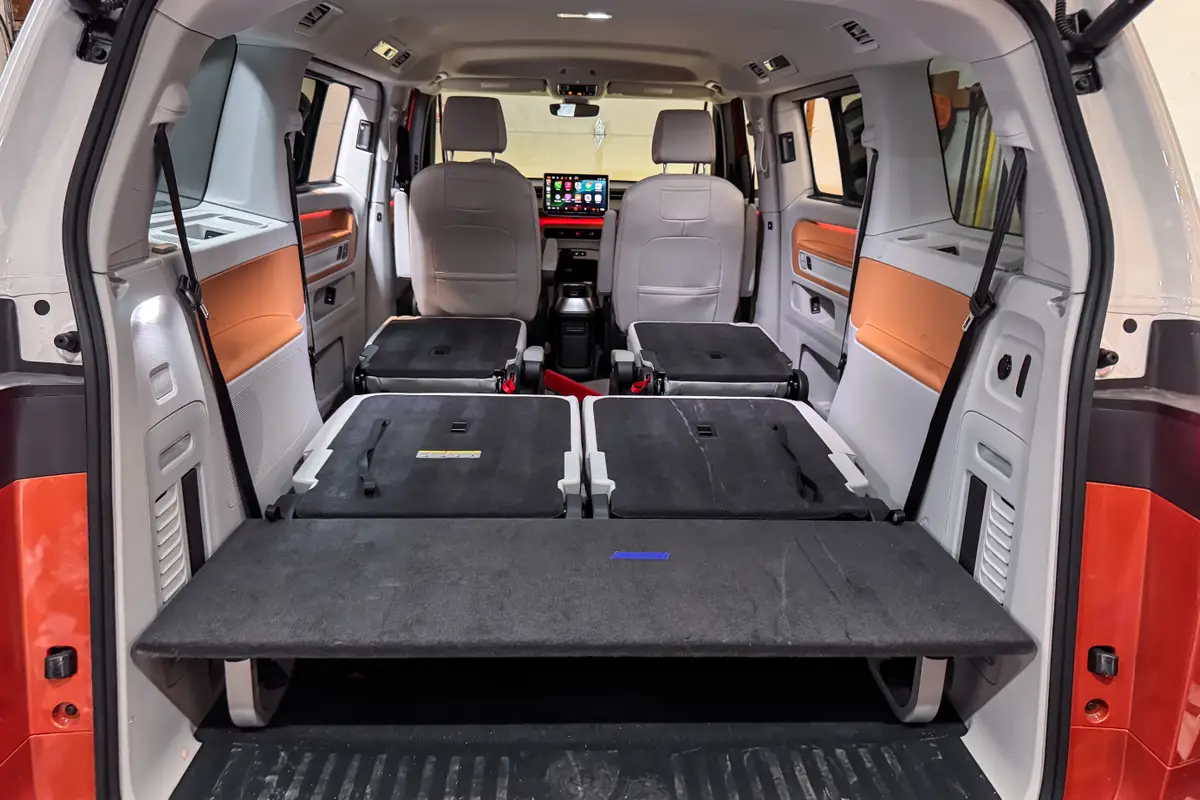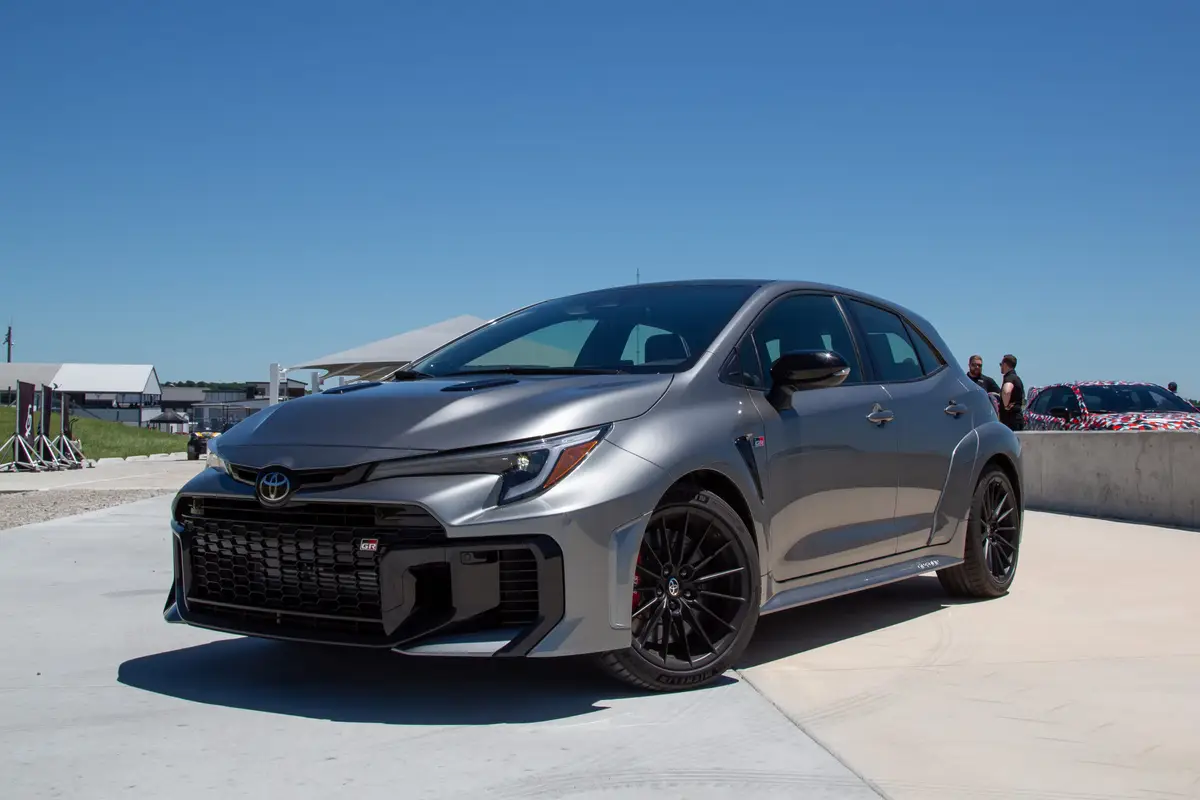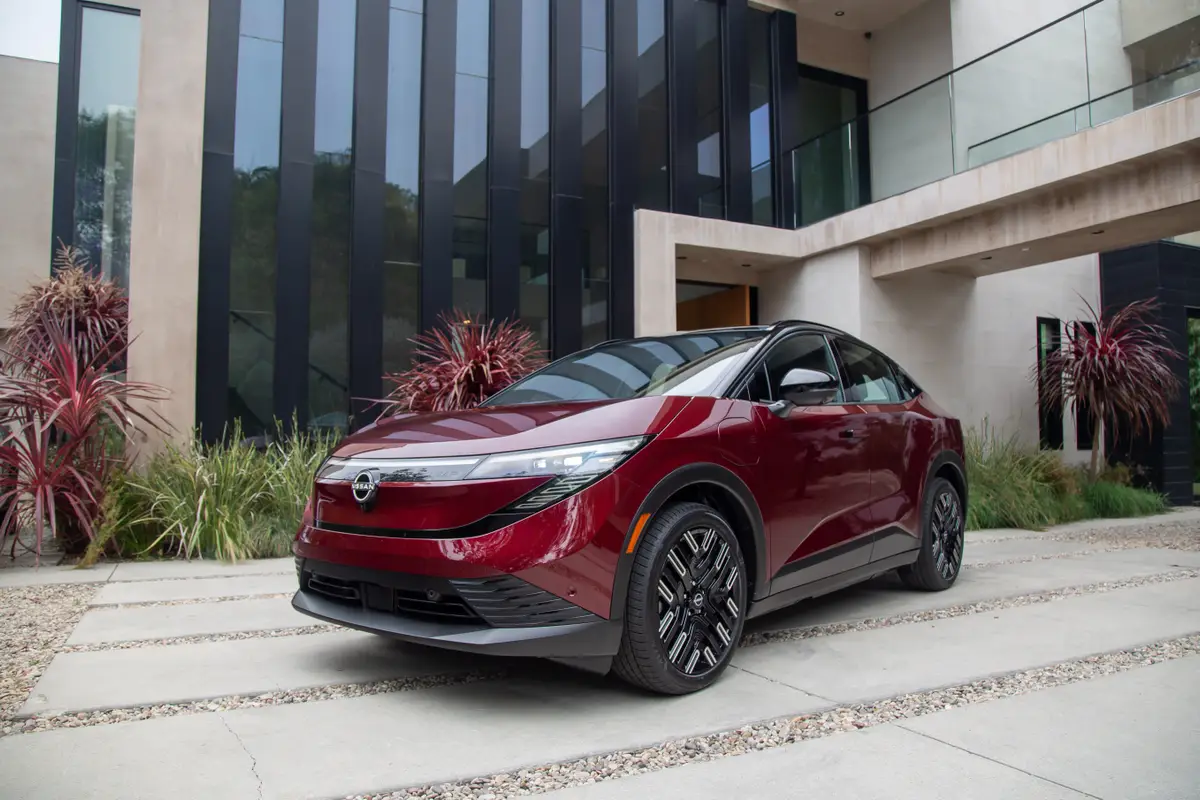2026 Chevrolet Corvette ZR1X: An Electrified Track Monster

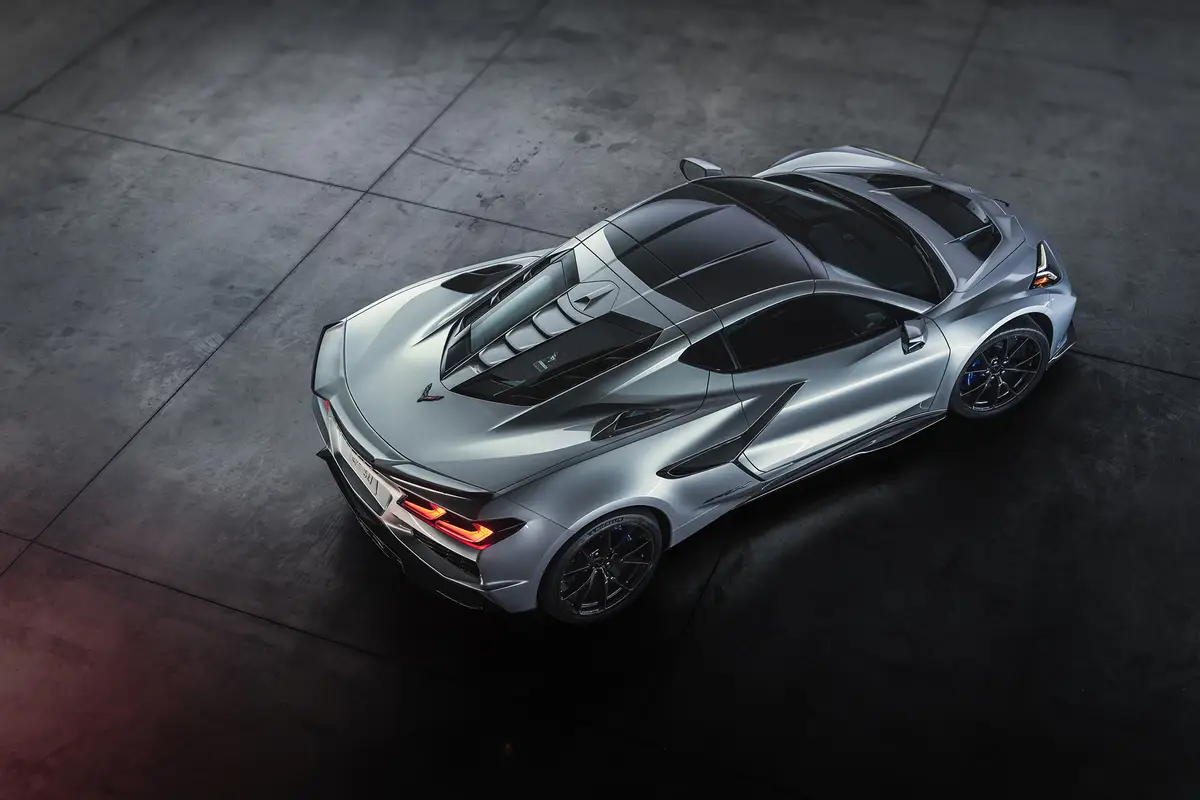
The Corvette lineup has a new halo version that Chevrolet calls “America’s hypercar”: the 2026 Chevrolet Corvette ZR1X. The new ZR1X combines the roaring twin-turbo V-8 engine from the track-focused ZR1 with a beefed-up version of the electrified go-faster componentry from the E-Ray. With a combined 1,250 horsepower and all-wheel drive, Chevrolet claims this is the most advanced Corvette ever built.
Related: Chevrolet Reveals Updated 2026 Corvette Interior
Chevy’s estimated stats for the new ZR1X are impressive: a top speed of 233 mph, 1.3 G’s of peak acceleration, 0-60 mph in under 2 seconds and an estimated quarter-mile time of under 9 seconds, reaching at least 150 mph at the end of those runs. While we’ll have to wait for more official tests to verify those estimates, the design brief of “make the ZR1 even faster” gives us hope that those estimates are spot-on. Here’s everything that makes this new ultra-Corvette special.
Power, Glorious Power
The ZR1X left the ZR1’s hand-built, twin-turbo 5.5-liter V-8 engine alone; it makes 1,064 hp and 828 pounds-feet of torque on its own. As with the regular ZR1, the ZR1X’s V-8 features two turbos, anti-lag controls that help maintain turbo boost when off the throttle, a forged flat-plane crankshaft and a finger-follower valve train (both of which are lighter than their more standard, less racy counterparts and better suited for higher revs). It also has a special exhaust manifold design that shortens the distance between the exhaust valves and the turbo, allowing the turbos to build boost faster, plus dry sump lubrication that helps everything stay oiled in hard turns. Power from the V-8 engine gets routed to the rear wheels through an eight-speed dual-clutch automatic transmission.
Instead of changing what isn’t broken on the ZR1’s gas-powered engine, Chevy focused on adding power to the ZR1X by electrifying the powertrain with a front electric motor that’s good for 186 hp and 145 pounds-feet of torque. As with the electrified AWD Corvette E-Ray, the ZR1X isn’t a plug-in hybrid and packs a 1.9-kilowatt-hour battery pack that is recharged by recuperating energy from the motor. The battery packs 26% more usable energy capacity than the E-Ray’s and has a higher peak operating voltage that increases the power output of the front motor.

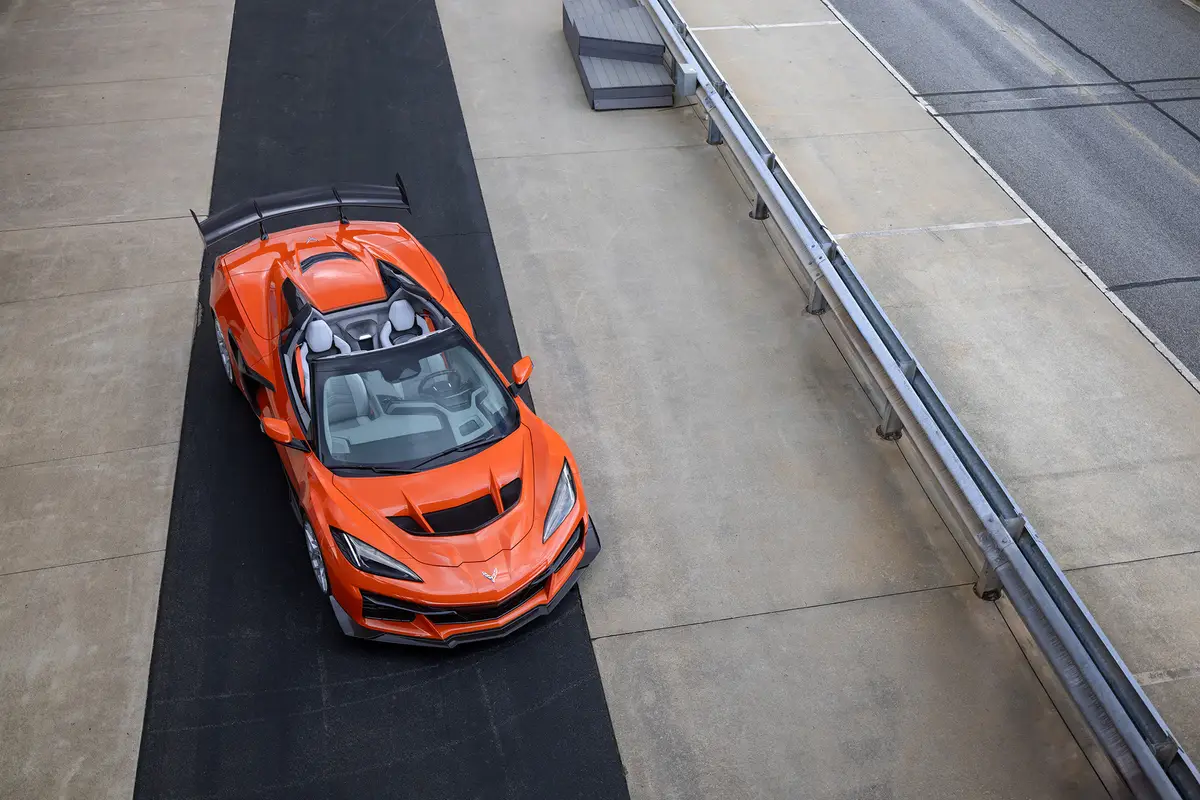
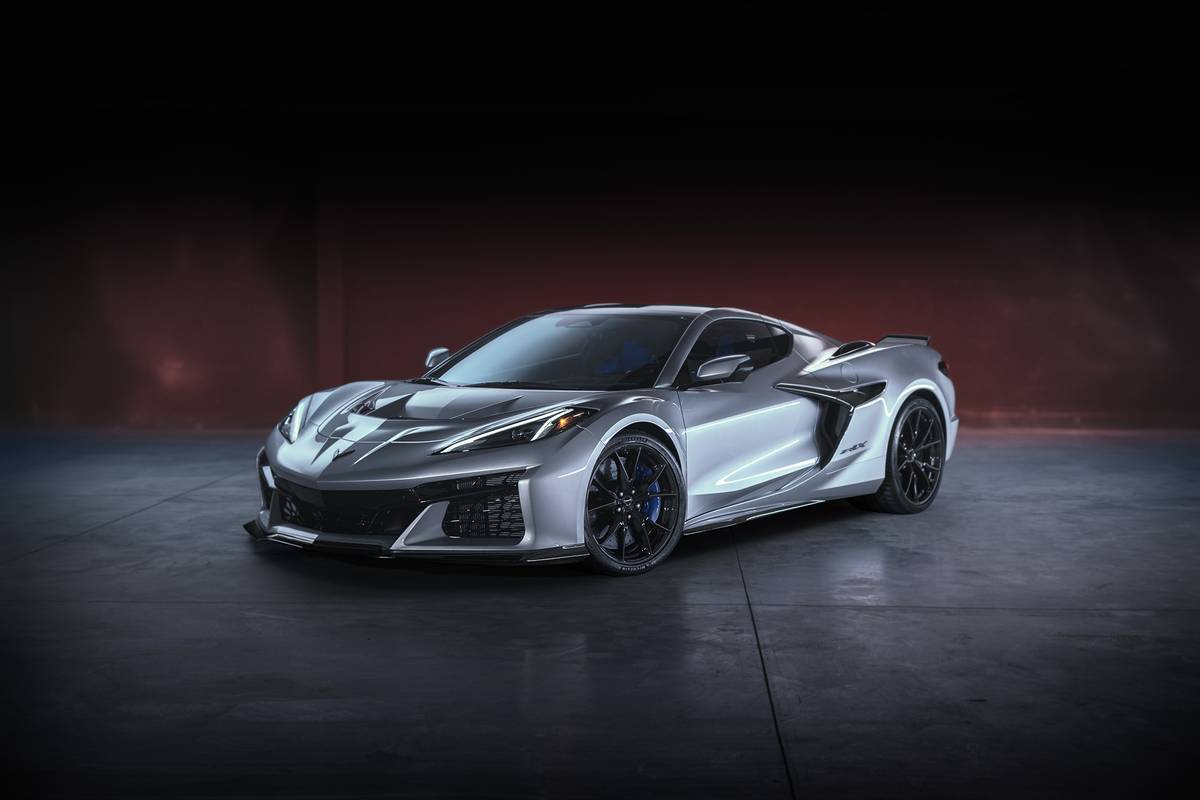
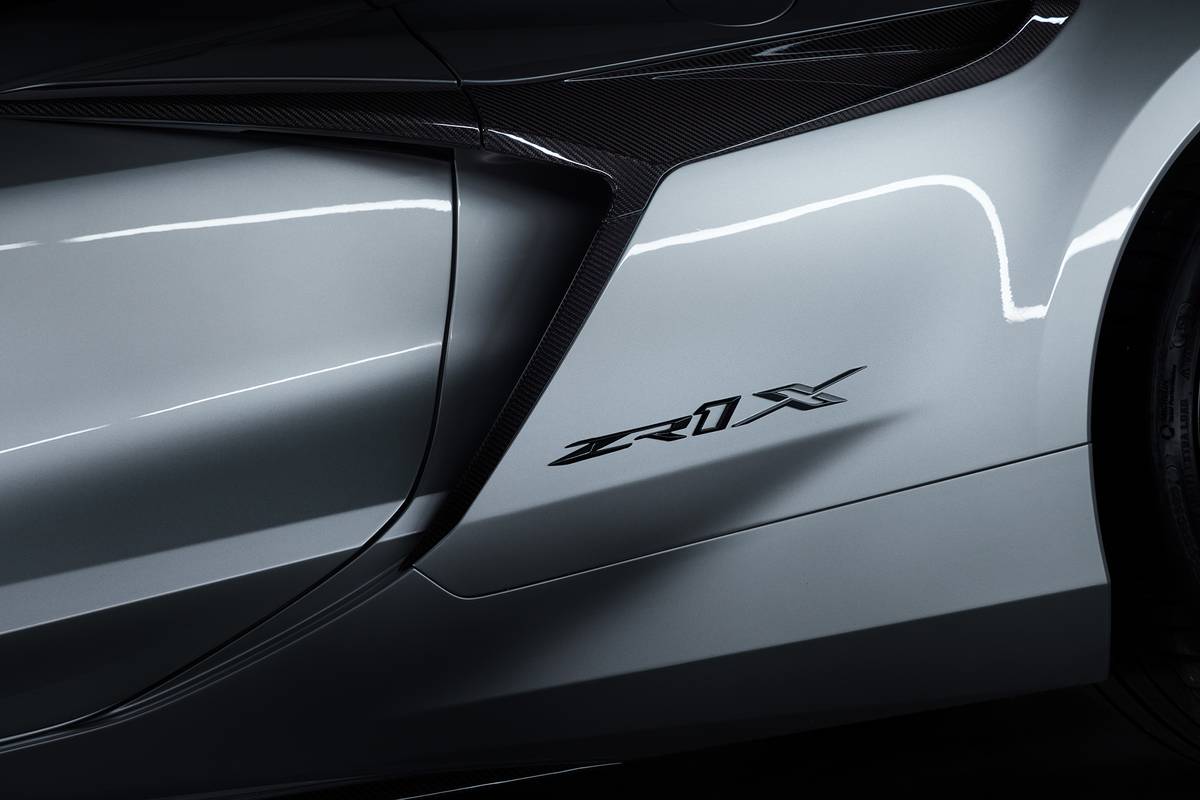
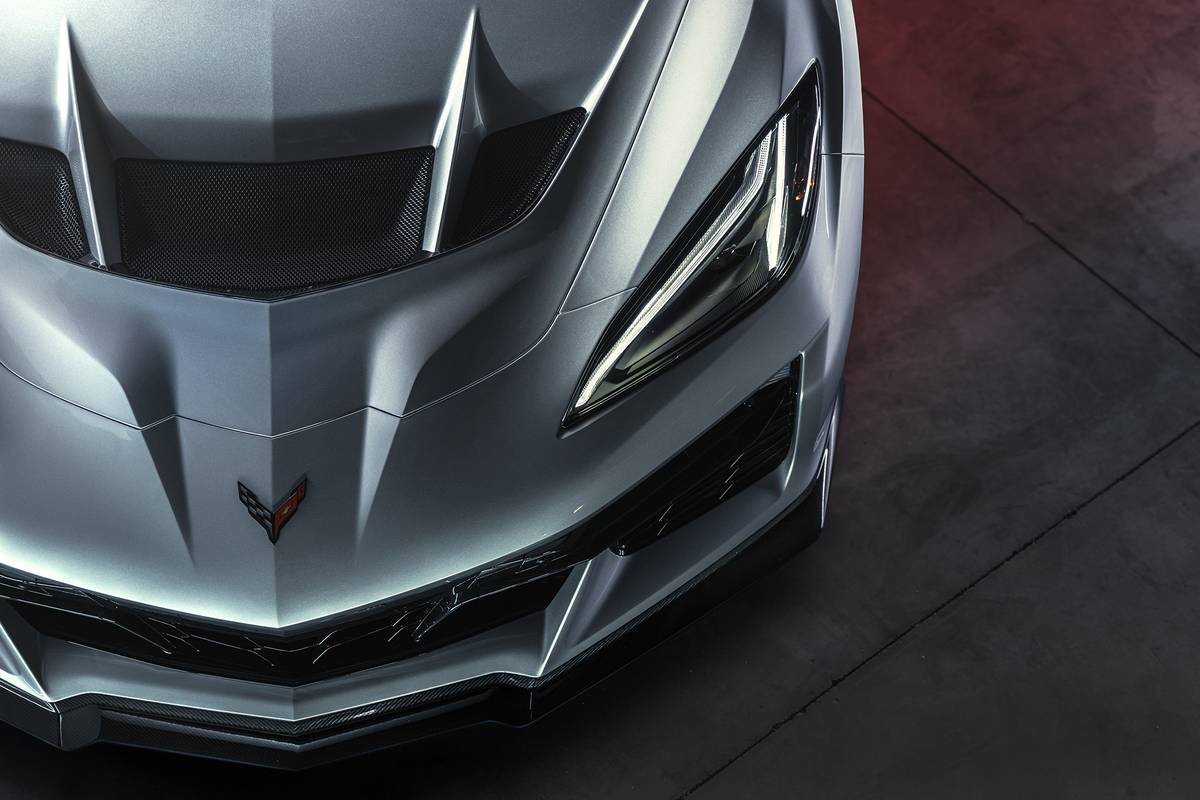

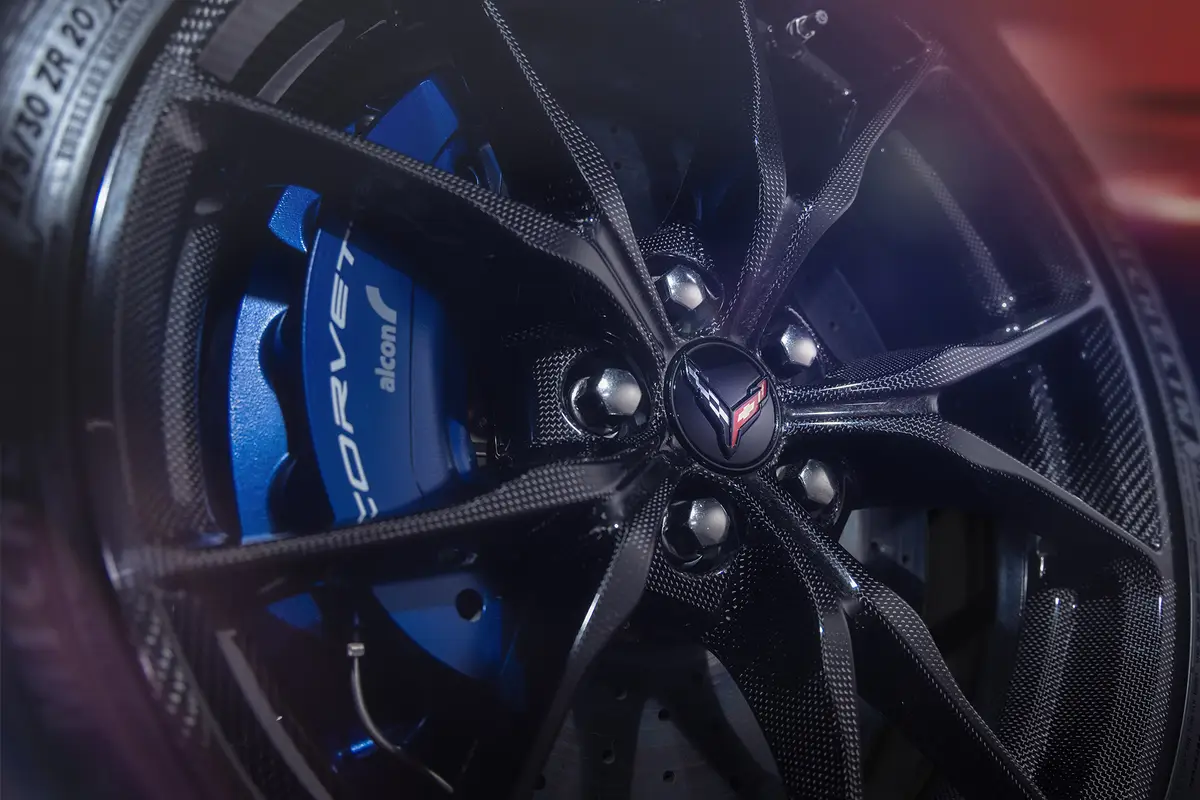

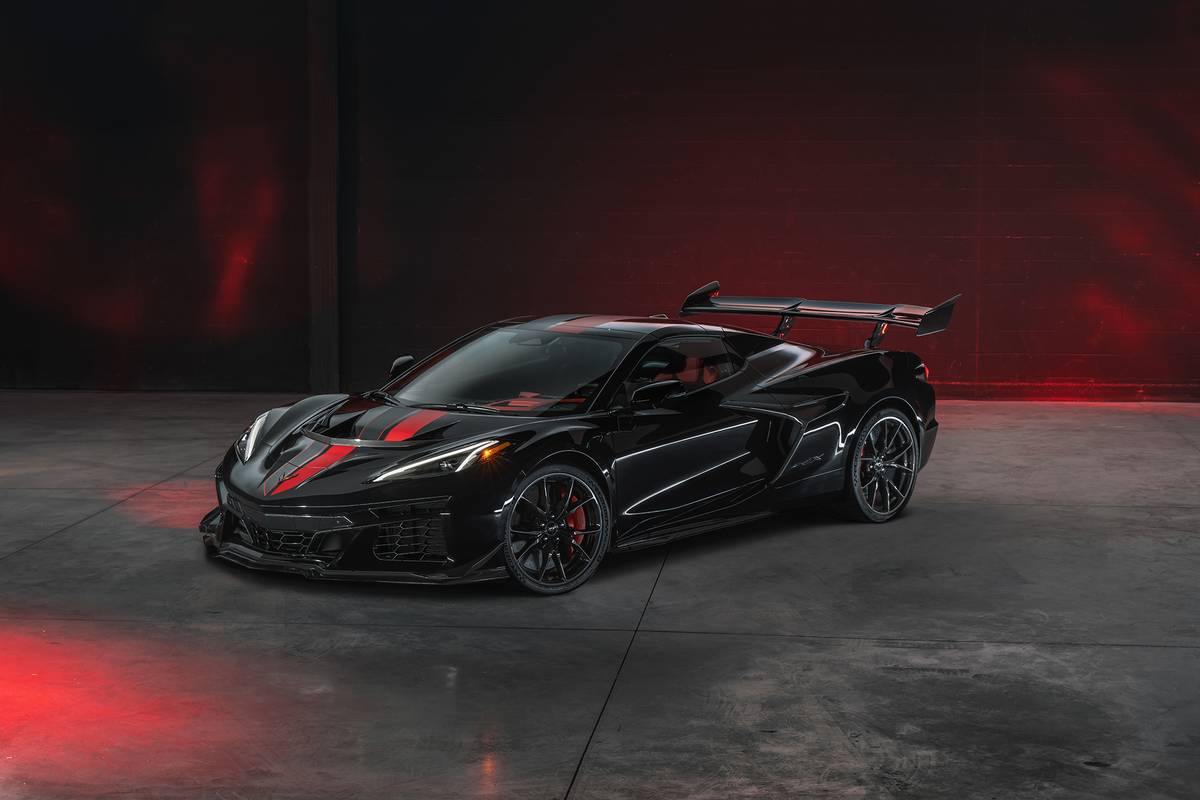
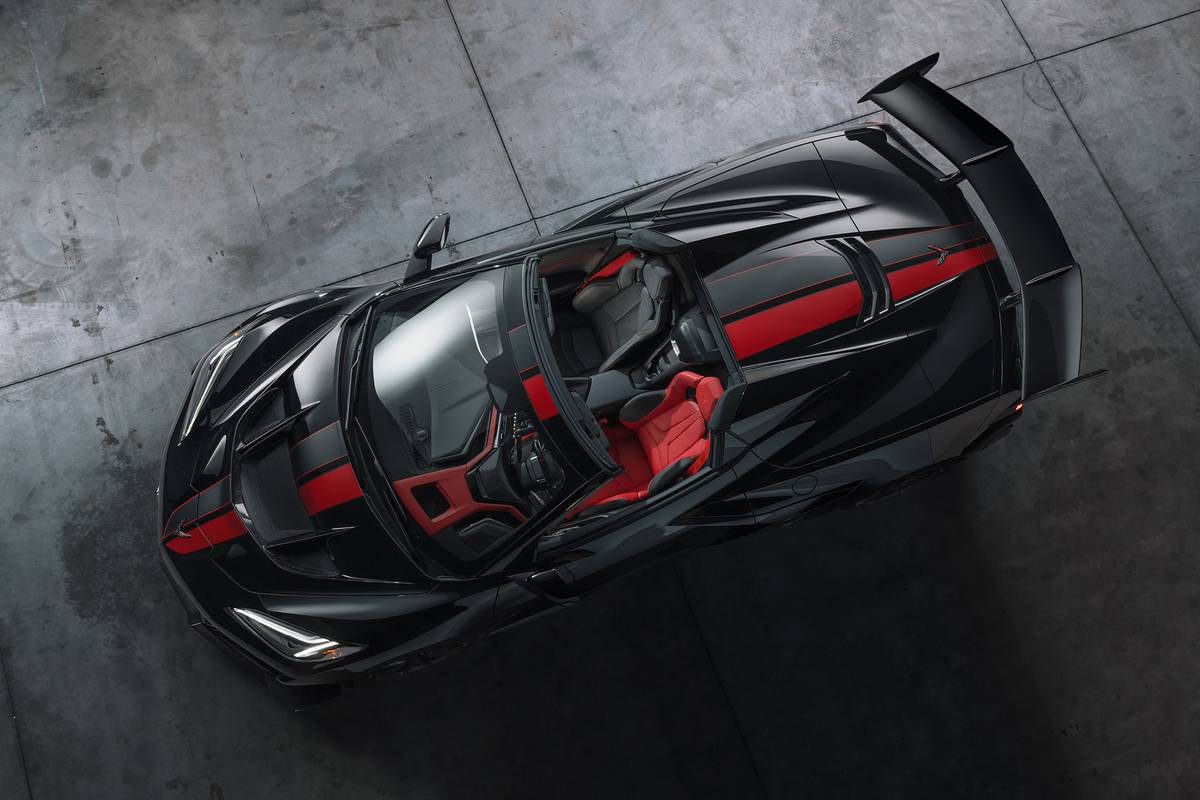
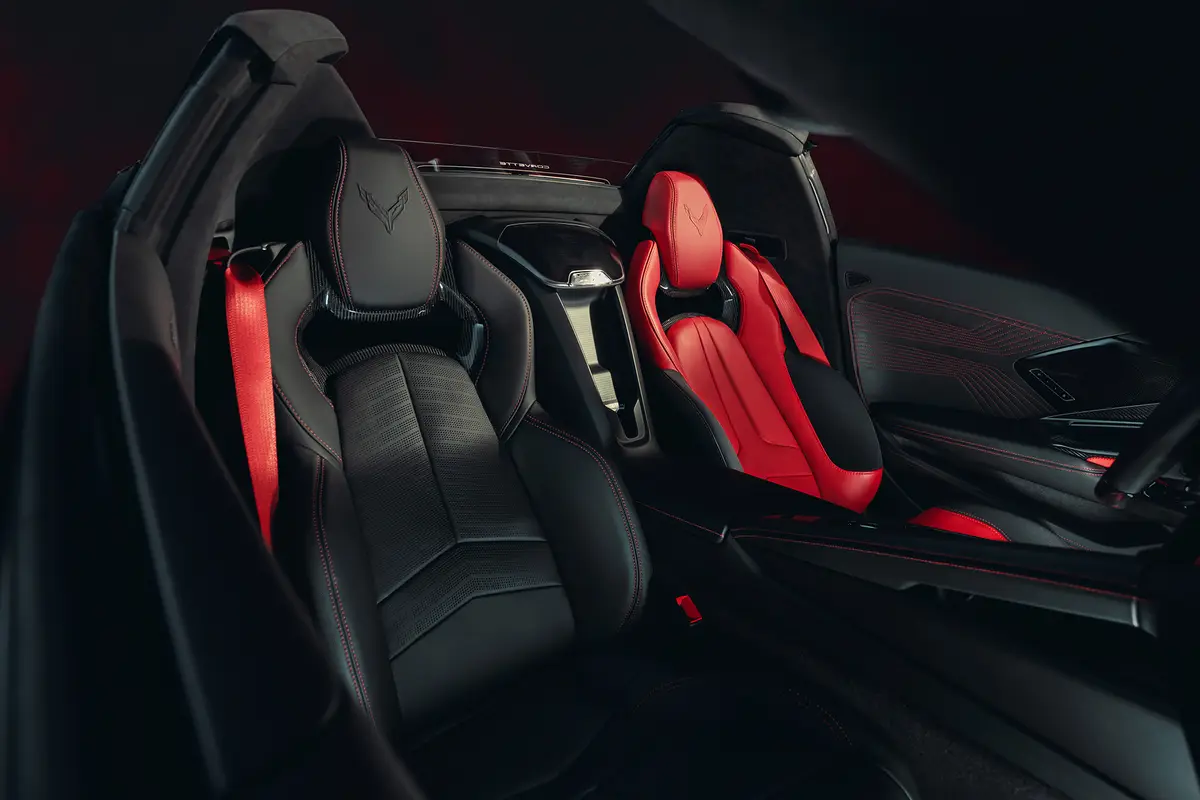
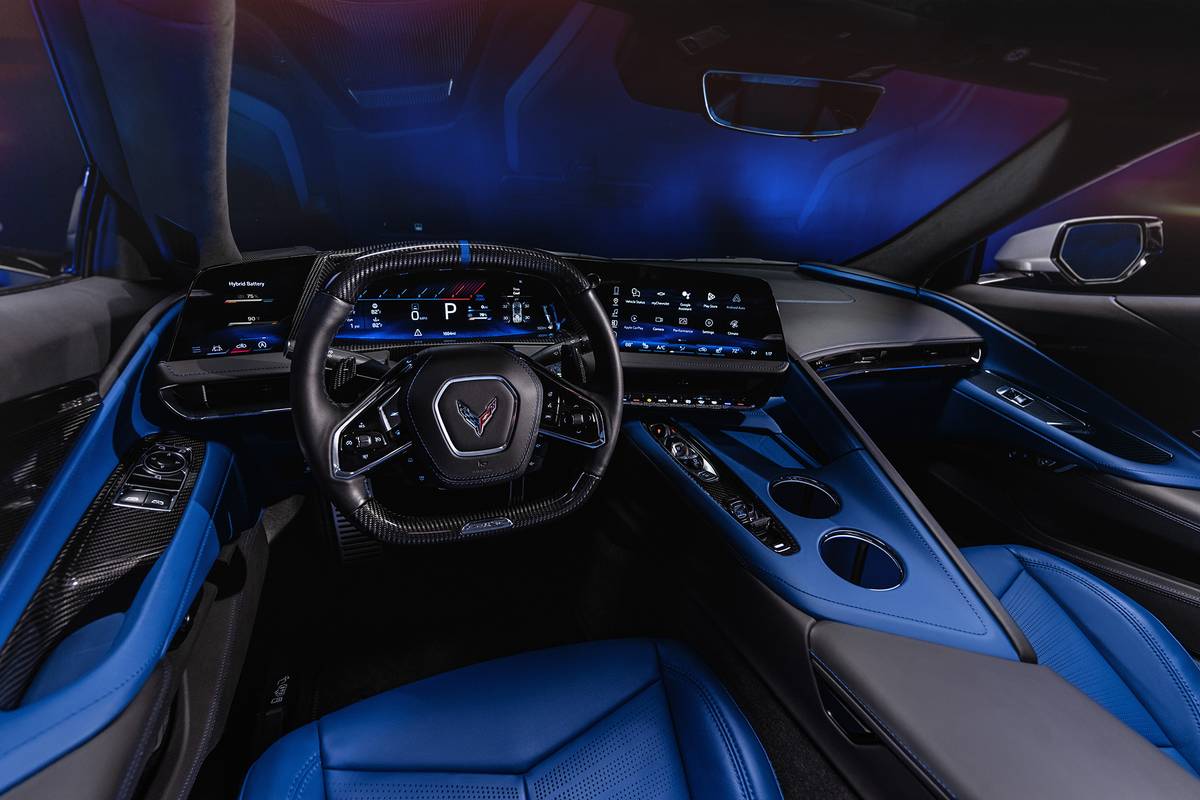












The motor’s internal components and external casing were beefed up to handle the extra power, clocking in at 26 hp and 20 pounds-feet of torque over the E-Ray. Chevrolet designed the motor to put more power to the ground up to 160 mph, at which point it disconnects. The ability to add extra power at lower speeds helps the ZR1X accelerate faster than it would without the motor.
The motor and engine aren’t mechanically connected, with each providing power as needed, and the extra hybrid componentry only adds about 180 pounds to the ZR1’s weight, per Chevrolet. Chevy also tweaked what it calls its “eAWD” (for electrified AWD) chassis controls for the ZR1X to better blend power between the two axles based on vehicle conditions and driver inputs.
One input the driver can select are drive modes. Endurance mode is ideal for longer track sessions and adjusts the battery energy storage strategy and eAWD output to go the distance. Qualifying mode is the opposite of a hypermiling mode, increasing the energy output for setting the fastest possible lap time. There’s also a Push-to-Pass button available that gives the driver the ZR1X’s maximum power output on demand.
Additionally, PTM Pro (where PTM stands for Performance Traction Management) turns off traction and stability control but leaves on regenerative-brake torque vectoring, which directs where the car recuperates its energy from in order to maintain maximum traction; launch control; and front axle pre-control, which manages front inside brake pressure in turns to maximize traction as you power out of a turn on the track. Magnetic ride control comes standard, and the optional, more performance-oriented ZTK Performance Package uses a firmer suspension setup with higher spring rates.
The ZR1X packs the same updated interior as the other 2026 Corvettes, with a 6.6-inch screen to the left of the steering wheel that can display track-relevant information like tire pressure, G-forces and launch control data.

Channeling Air for More Speed
A performance trim wouldn’t be a performance trim without aerodynamic improvements, which the ZR1X incorporates in the form of larger, more functional side intakes that channel air to the rear brakes and sizable behind-the-shoulder air intakes that channel air into the engine.
The brakes are the biggest ones ever fitted on a Corvette, with 16.5-inch brake rotors on both axles, plus 10-piston brake calipers in front and six-piston brake calipers in the rear. They’re effective, too, capable of pulling 1.9 G’s of deceleration when braking from 180 to 120 mph, per Chevrolet.
The rear window is a cool homage to the split-window design on classic Corvettes, but even this was a functional change, with angled carbon-fiber blades that funnel air into the engine. You can still get some strictly visual flair if you desire, though, such as a red stripe that runs through the driver’s side of the car.
Drivers who want 1,200 extra pounds of downforce can add the Carbon Aero Package, which includes dive planes, an extra gurney lip over the front heat-extractor opening, a rear wing and underbody strakes. This package comes standard with the ZTK Performance Package.
When Can I Buy a 2026 Chevrolet Corvette ZR1X?
The 2026 Corvette ZR1X will go on sale toward the end of 2025, with pricing to be announced closer to its on-sale date.
More From Cars.com:
- 233-MPH Bargain: 2025 Chevrolet Corvette ZR1 Priced From $174,995
- 2025 Chevrolet Corvette ZR1 Up Close: If This Is the End, What a Way to Go
- Up Close With the 2024 Chevrolet Corvette E-Ray: Breaking With Tradition (Again)
- 2023 Chevrolet Corvette Quick Spin: Is the 70th Anniversary Edition Worth It?
- Research the Chevrolet Corvette
Related Video:
Cars.com’s Editorial department is your source for automotive news and reviews. In line with Cars.com’s long-standing ethics policy, editors and reviewers don’t accept gifts or free trips from automakers. The Editorial department is independent of Cars.com’s advertising, sales and sponsored content departments.

News Editor Stef Schrader joined Cars.com in 2024 but began her career in automotive journalism in 2013. She currently has a Porsche 944 and Volkswagen 411 that are racecars and a Mitsubishi Lancer GTS that isn’t a racecar (but sometimes goes on track anyway). Ask her about Fisher-Price Puffalumps.
Featured stories
